An Aberdeen school has refurbished its classrooms with Scandinavian-inspired feng shui in what is believed to be a first for the city.
Teachers at International School Aberdeen spent the summer holidays removing tables and chairs from a number of classrooms, and replacing them with comfortable sofas, soft furnishings, standing desks, wobble chairs, hammocks and quiet corners.
The move reflects current trends in Scandinavian classrooms, and is the brainchild of middle and high school principal Stuart MacAlpine.
In getting rid of the traditional whiteboard with the teacher at the front of the class and desks facing each other, in favour of ‘flexible learning spaces’, Stuart believes it is already proving more conducive to learning.
International School Aberdeen leaving ‘industrial model’ of education behind…with the help of hygge
All teachers’ desks have gone, and pupils are given the choice of where and how they learn. Stuart’s take on it is that everyone needs different things around them to be able to work and focus – some prefer a standing desk, while others prefer a beanbag.
He believes the nature of teaching and learning is changing and it’s outdated for a teacher to stand at the front of a classroom and talk to a row of desks.
He thinks the world is moving away from the industrial model of education toward something more progressive, and wants International School Aberdeen to be at the forefront.
“We are introducing a bit of hygge – a Danish concept – into Aberdeen schooling,” says Stuart.
“It’s not just about the furniture and lighting, though they do matter. It’s more about a shift in how we think about learning, the relationships we foster, and the atmosphere we want to create.
“If you have ADHD and like to move, or if you prefer a cosy environment, it’s difficult to fit into a traditional school without these kinds of learning spaces.”
Other leading international schools around the globe look and feel like this, especially in places like Finland, which is known for its quality of education.
Indeed, Peterhead Central School began implementing a similar flexible seating initiative last year. Teachers there said they had noticed a “calmer, more productive atmosphere in the classroom.”
Pupils think new arrangements are ‘amazing’
At International School Aberdeen, both parent and student feedback has been extremely positive.
“Surveys of the children who use those classrooms have been entirely positive,” said Stuart. “They love it. One of them said it felt like the best bits of when they worked from home during Covid, in that it was so comfortable – but they could do it in school.
“One of the questions to one class was what they’d improve about the classrooms. There wasn’t a single thing. Nothing. It was like: ‘Nothing, it’s amazing.’ From 30 kids. Which is pretty good from middle schoolers because they can normally think of something to complain about!
“The parents’ feedback has been super strong as well, mainly through their kids telling them about it.”
‘There’s a lot more we want children to do than to sit and be a passive recipient of information’
Stuart thinks educational practices should reflect the beliefs of modern society – a society that values wellbeing, diversity, emotional safety, and comfort, all of which he believes allow for rich thinking and learning.
“The industrial model of education is knowledge and skill transmission. You rank and select kids, and the goal is to produce a compliant industrial workforce that can sit in a factory for eight hours without needing to go to the bathroom, because they’ve been trained how to do that at school and they’re compliant.
“And although that’s been changing, for example in the 1970s people started putting tables together occasionally and you got a bit less ranking, the model in fact hasn’t changed very much.
“There’s a lot more we want children to do than to sit and be a passive recipient of information. But our classrooms haven’t changed to reflect that.
‘Why are we getting children ready for this imaginary office where they’re going to be sat in ranks and lectured?’
“If you look at office spaces nowadays, you’ll see that the spaces reflect the kind of work people do.
“Yes, there’s still a presentation area for presentations, direct instruction still happens – that’s a valuable thing. But we also need places where we can stand together at a desk, or hands-on areas, or places where we can be on our own to focus for five minutes, or places to do collaborative work.
“Why are we getting children ready for this imaginary office where they’re going to be sat in ranks and lectured? That isn’t what happens in an office.
“And in Aberdeen, with GB Energy being positioned here, we’re at the centre of the energy transition from an industrial to a regenerative model. And International School Aberdeen is a school that’s doing the same, going from an industrial to a regenerative model. In a way it reflects that change.
“You want learning spaces to reflect the kind of learning we think children should be doing in a regenerative model, rather than an industrial model.
“We need to stop thinking that there’s an average, ‘normal’ chair that everyone sits in, and then there’s a special chair if you’re special.
“Instead, think that all human beings have a diverse range of needs like sensory needs, structural needs, social needs. And your learning space should have affordances for all of them so that when they walk in, it’s already designed for them.
“We’re all human, we’re all pretty variable in our needs.”
Danish lessons
Stuart’s time in Denmark gave him a unique insight into what makes Scandinavian society – and education – tick.
“In Scandinavia, that valuing of everyday human interactions is fundamental.
“All Scandinavian design is based on the idea that this is a democratic thing for everybody. So for children, people at work, people in offices, at home.
“An enormous amount of attention is paid to ‘how do you make this comfortable for ordinary humans?’, not ‘how do you elaborate it to make it a privilege for some’.
“It’s about creating an environment that is warm and accepting and loving and homely. Which is the hygge thing.
“You walk in to these classrooms and your heartbeat drops and you think ‘ah, this is really comfortable’.
“It allows social relationships to flourish, which is the super important thing. Because they are – if you get that right, the rest will be fine, the learning will be fine.”
Indeed, Stuart said the Scandinavian-style feng shui at International School Aberdeen had already produced a “massive change” in pupil behaviour.
“The teachers are saying it feels relaxed, it feels calm, there’s no edginess to the room. Just a massive change.
“It is spectacularly noticeable how calm those spaces have become, and there have been zero behavioural incidents, literally zero, which wasn’t the case last year.”
Helping kids with ‘quite considerable trauma’
The P&J has heard from many parents of ASN children who are concerned at the effect of their kids being put into mainstream schools.
I asked Stuart whether innovative classroom arrangements such as those now in place at International School Aberdeen might help alleviate some of the problems these children face.
“It helps massively, I think. It helps massively.
“We are an inclusive school and we see kids thrive and flourish here across the full spectrum.
“We often take in kids with quite considerable trauma from the schools that they’ve come from. Either because their needs were so profoundly not met in those industrial-model classrooms, or because of violence.
“Some of our best work, some of the work I’m most happy with, is seeing what happens to those children after a few weeks, a few months, a year.”
As a private school, some may look at International School Aberdeen and think, ‘well of course they can afford to renovate their classrooms’.
But in actual fact, Stuart says the items the school has purchased have generally been cheaper than standard school furniture.
“We’ve found that with some of the stuff we’ve bought, even if you replaced it four times, it would still be less expensive than the kind of hospital-looking, institutional furniture that you tend to get in schools.”
What comes next?
The initiative is only being rolled out to middle and high school students for now, although in elementary grade 3 (7-8 years old) the children are also enjoying being able to learn on comfortable foam mats and floor chairs, so they are beginning to implement similar learning spaces for the younger students too.
“We’d like to get a bit more feedback, but the plan is to roll it out through the whole school. In a perfect world that would all be this year, but we’ll do a couple more classrooms and take it from there when we’re comfortable that’s what everyone wants.”
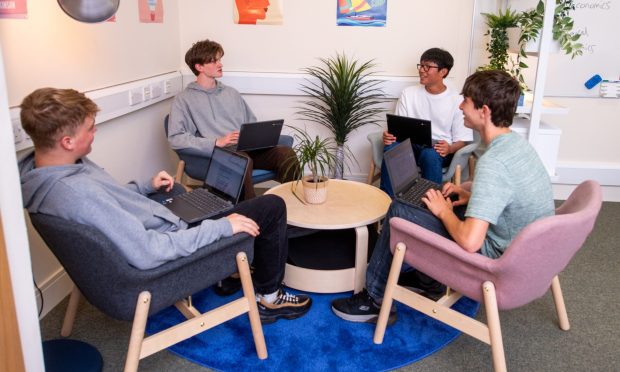
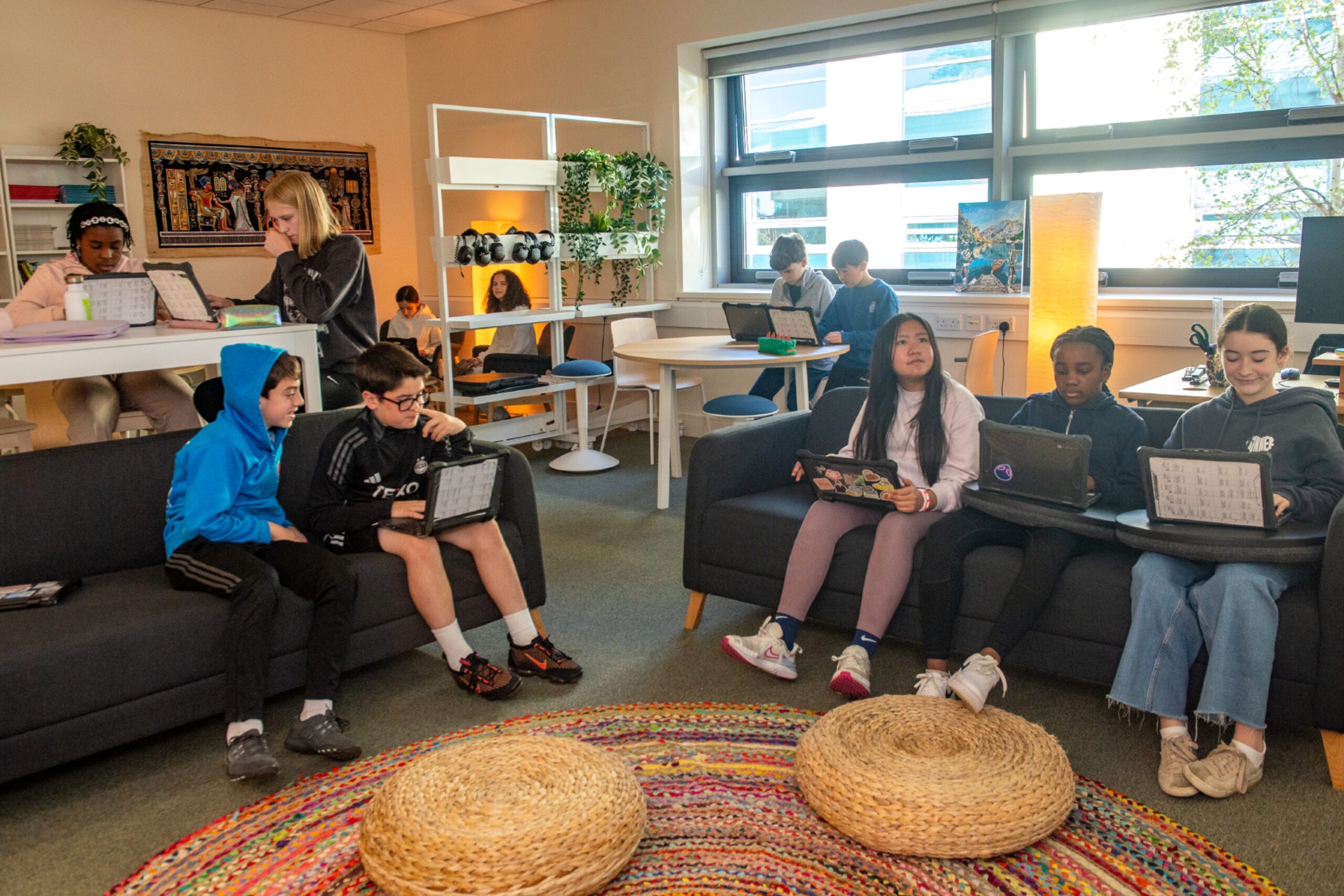
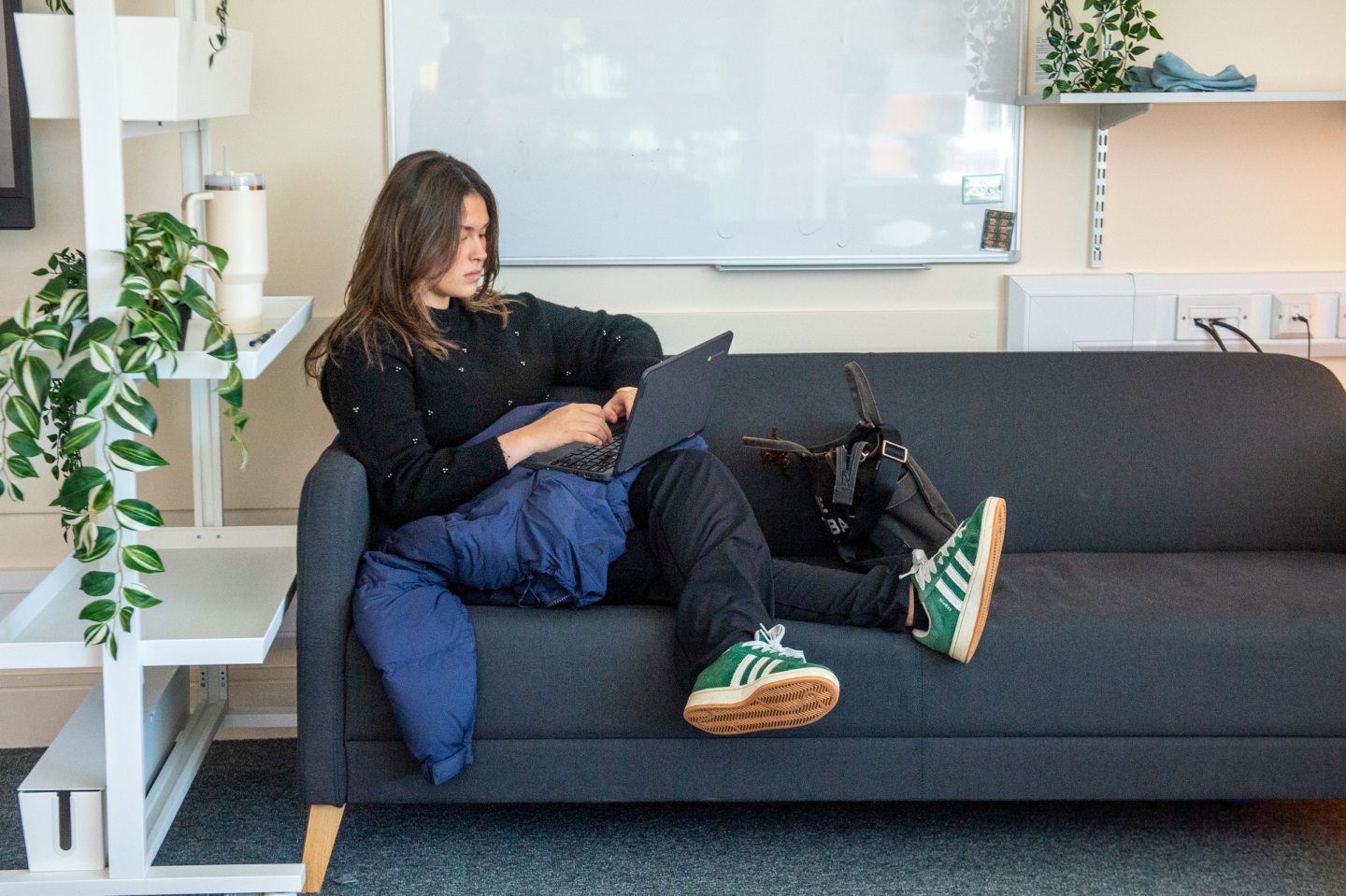
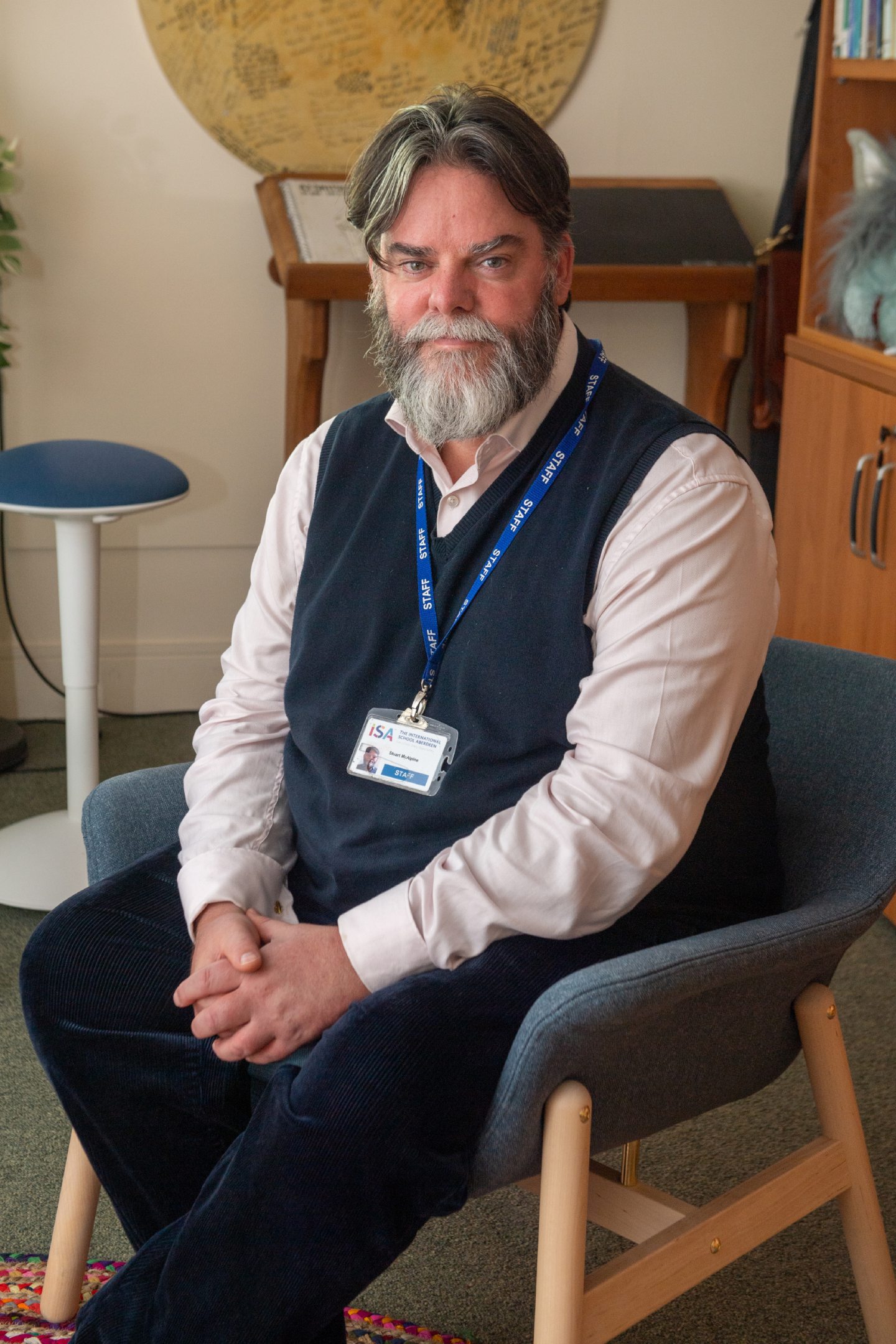
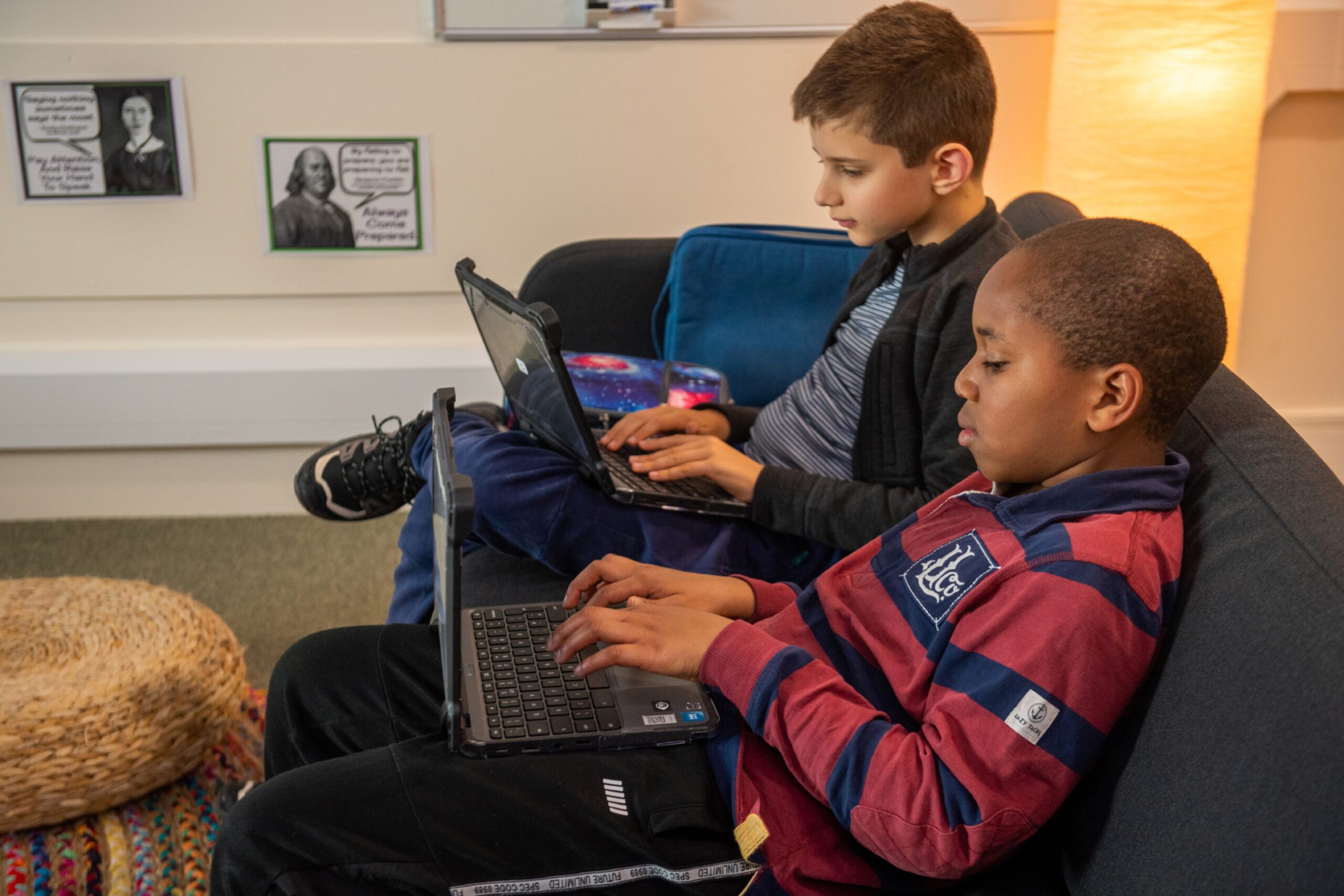
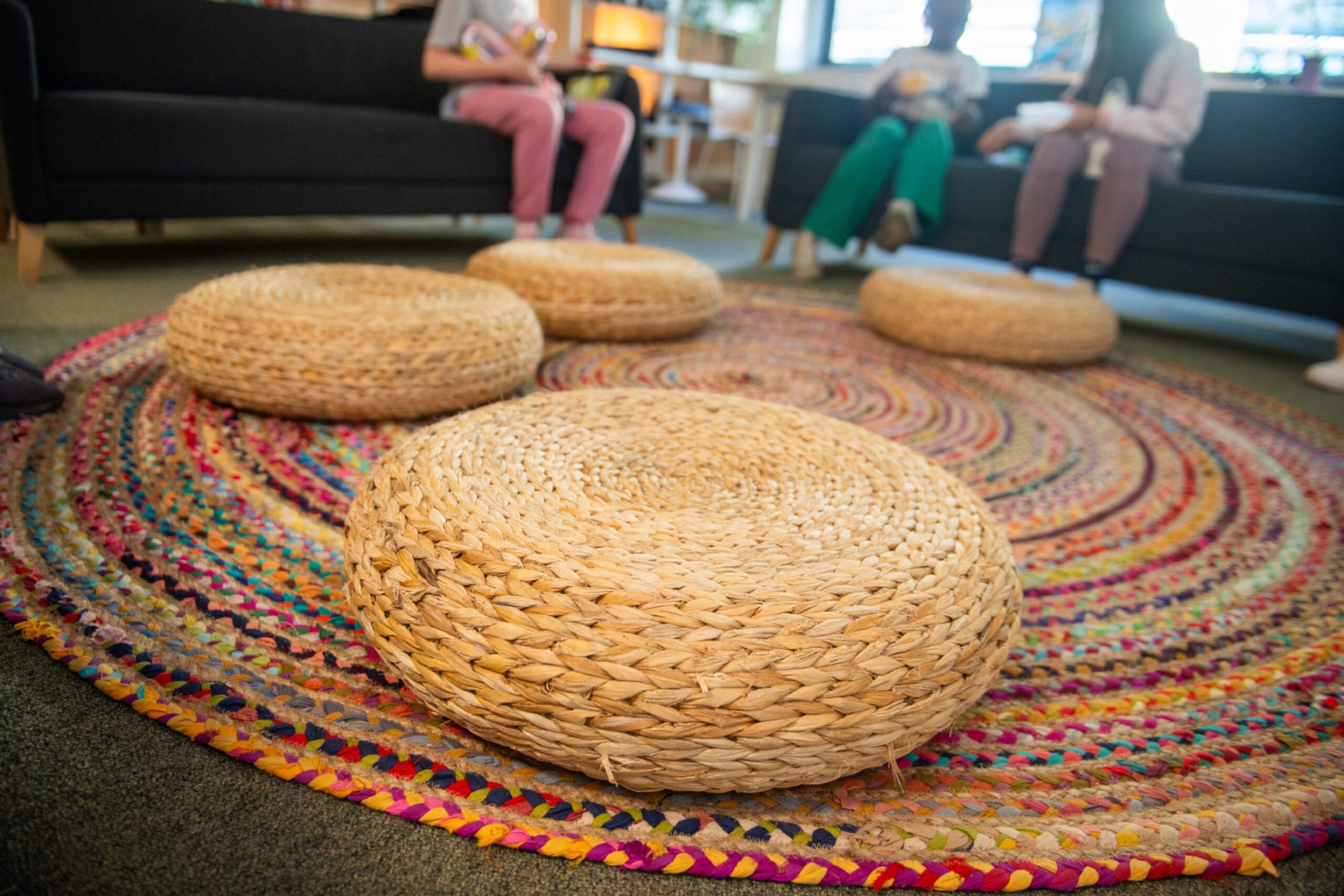
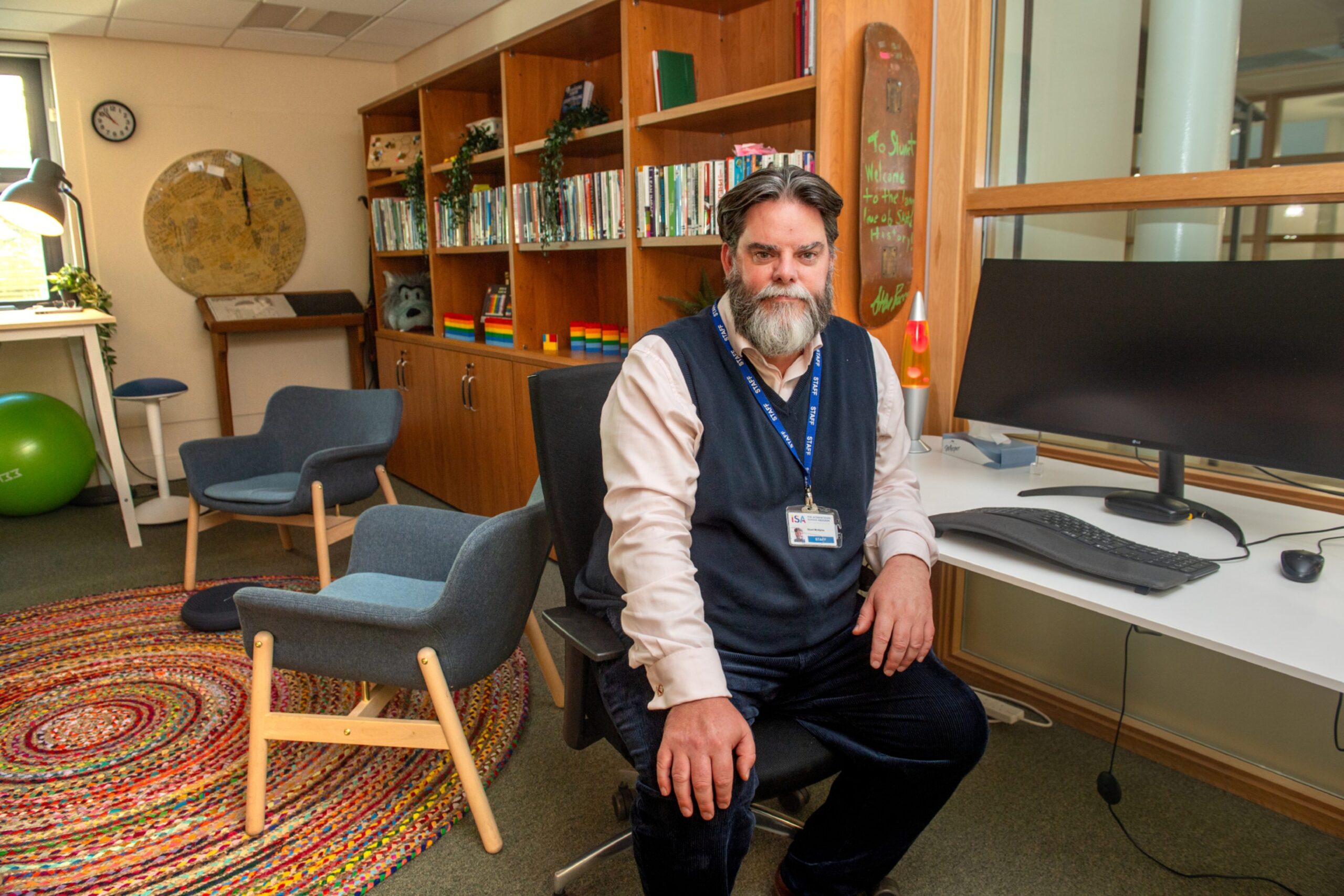
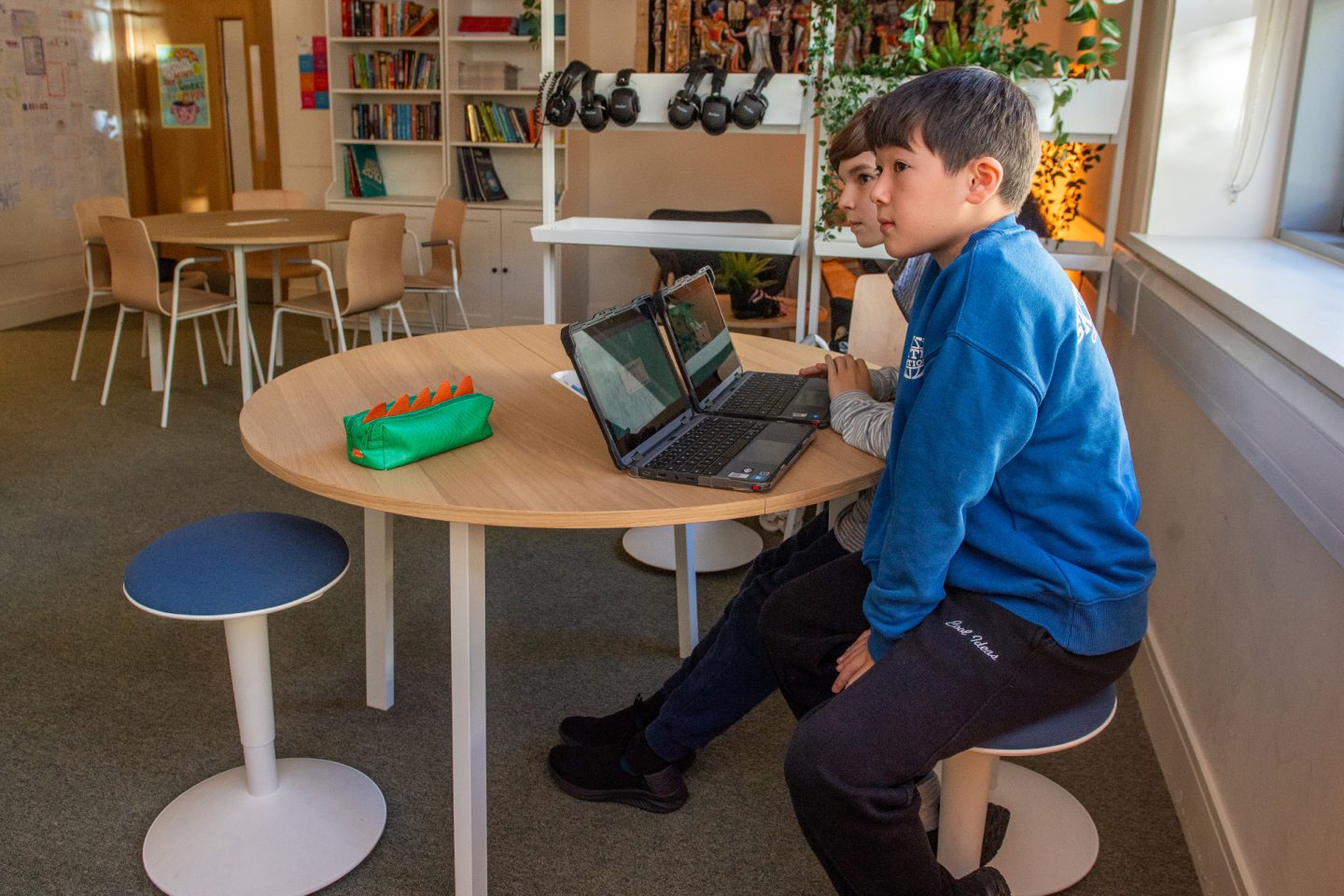
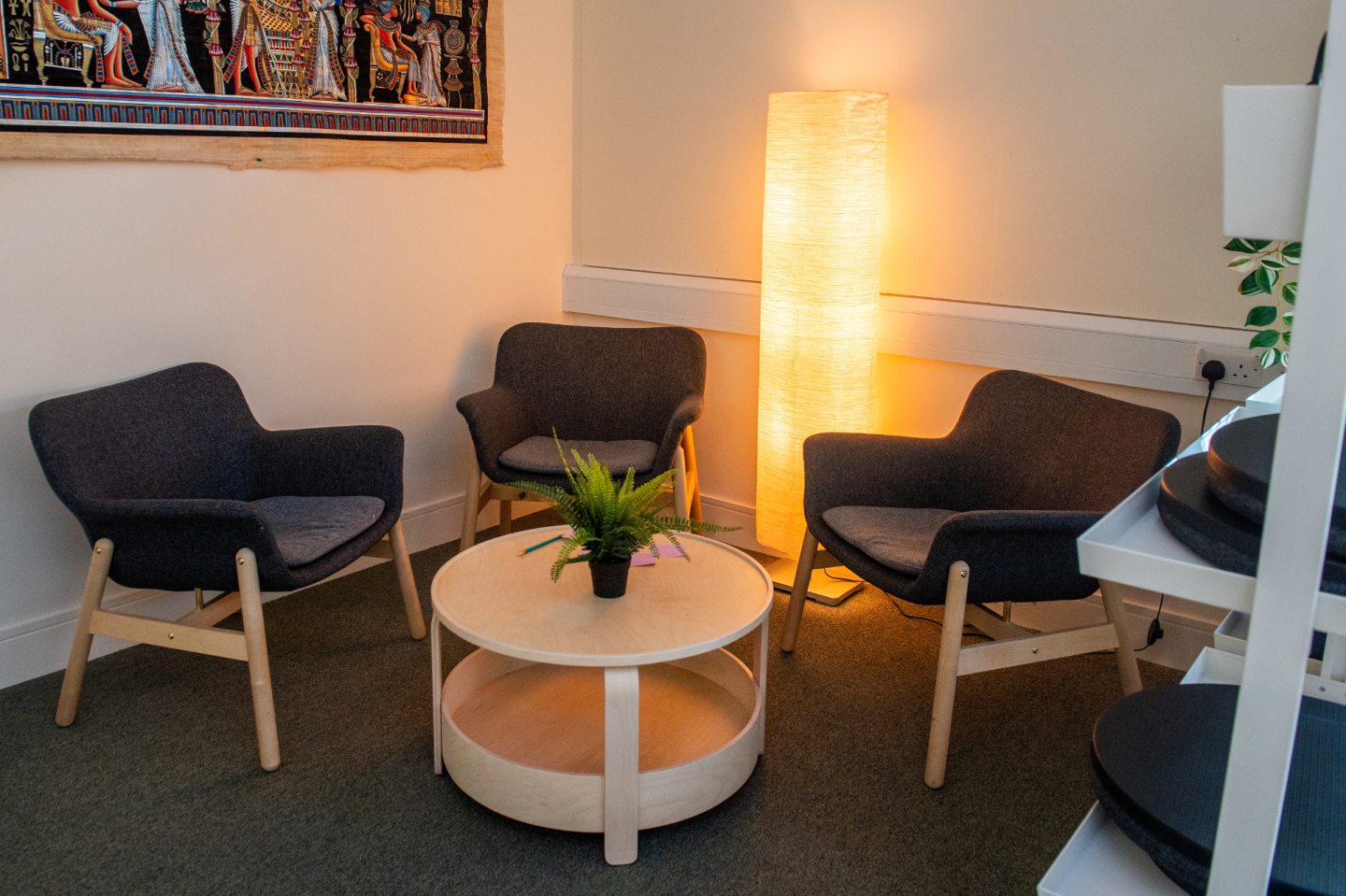
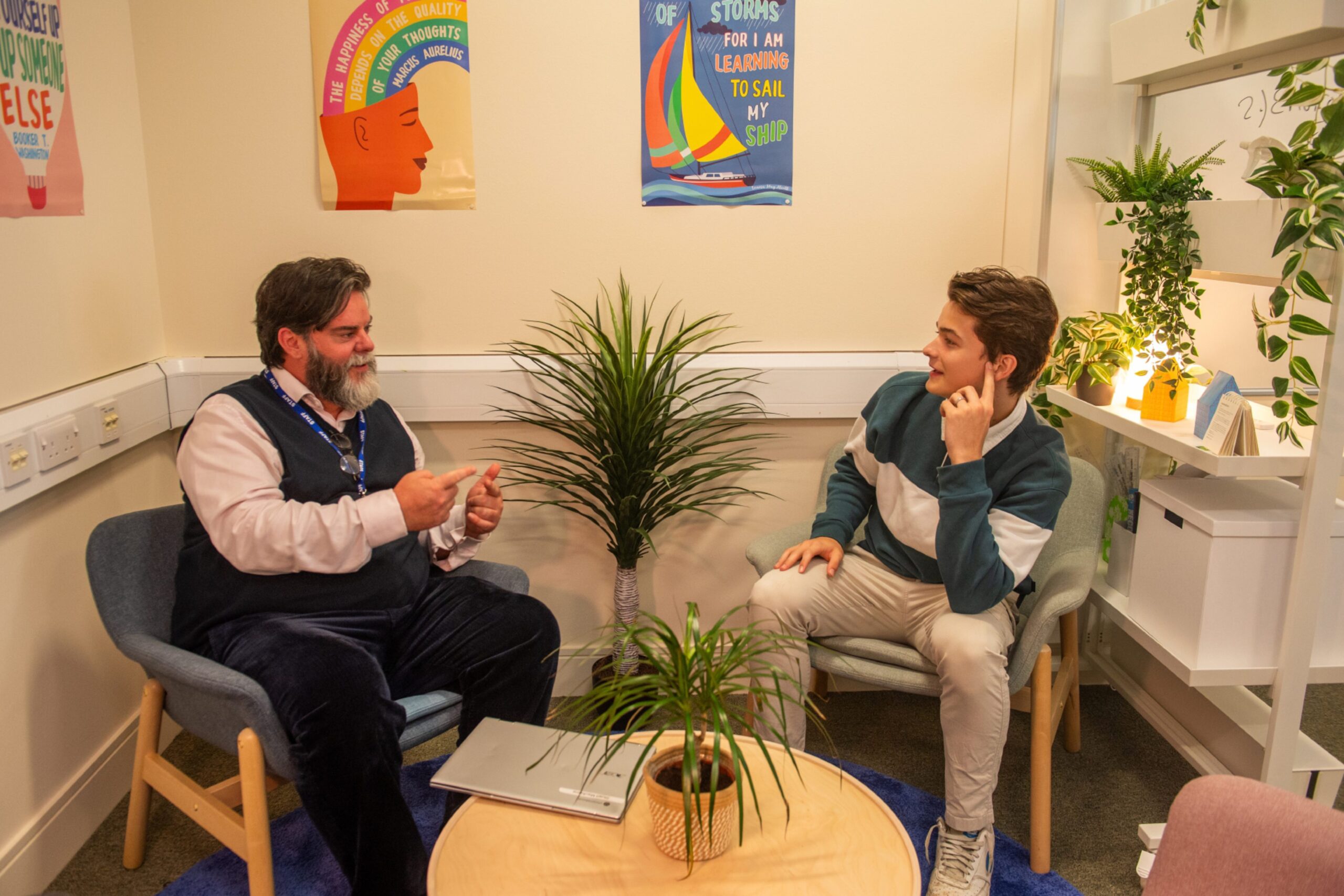
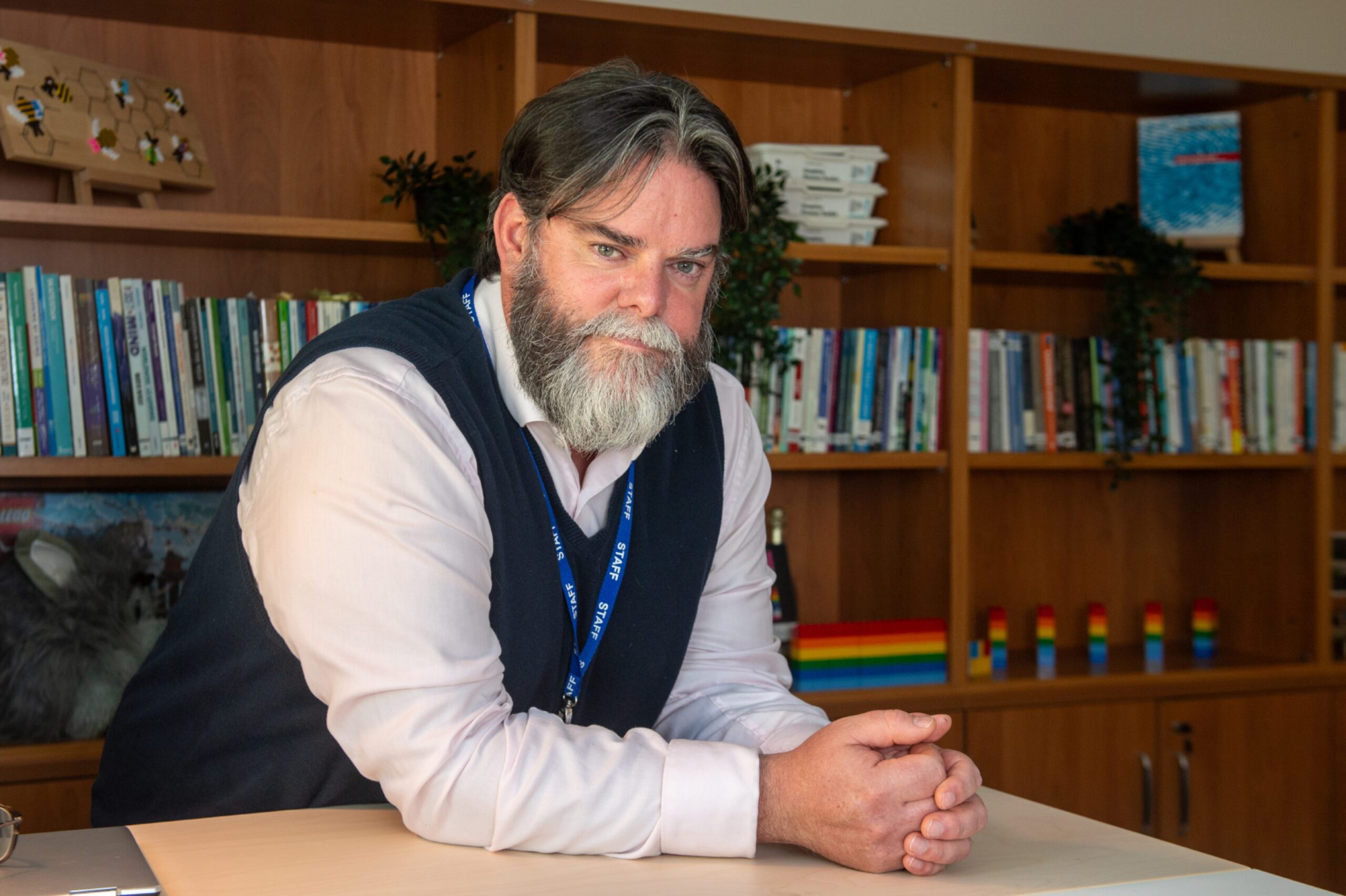
Conversation